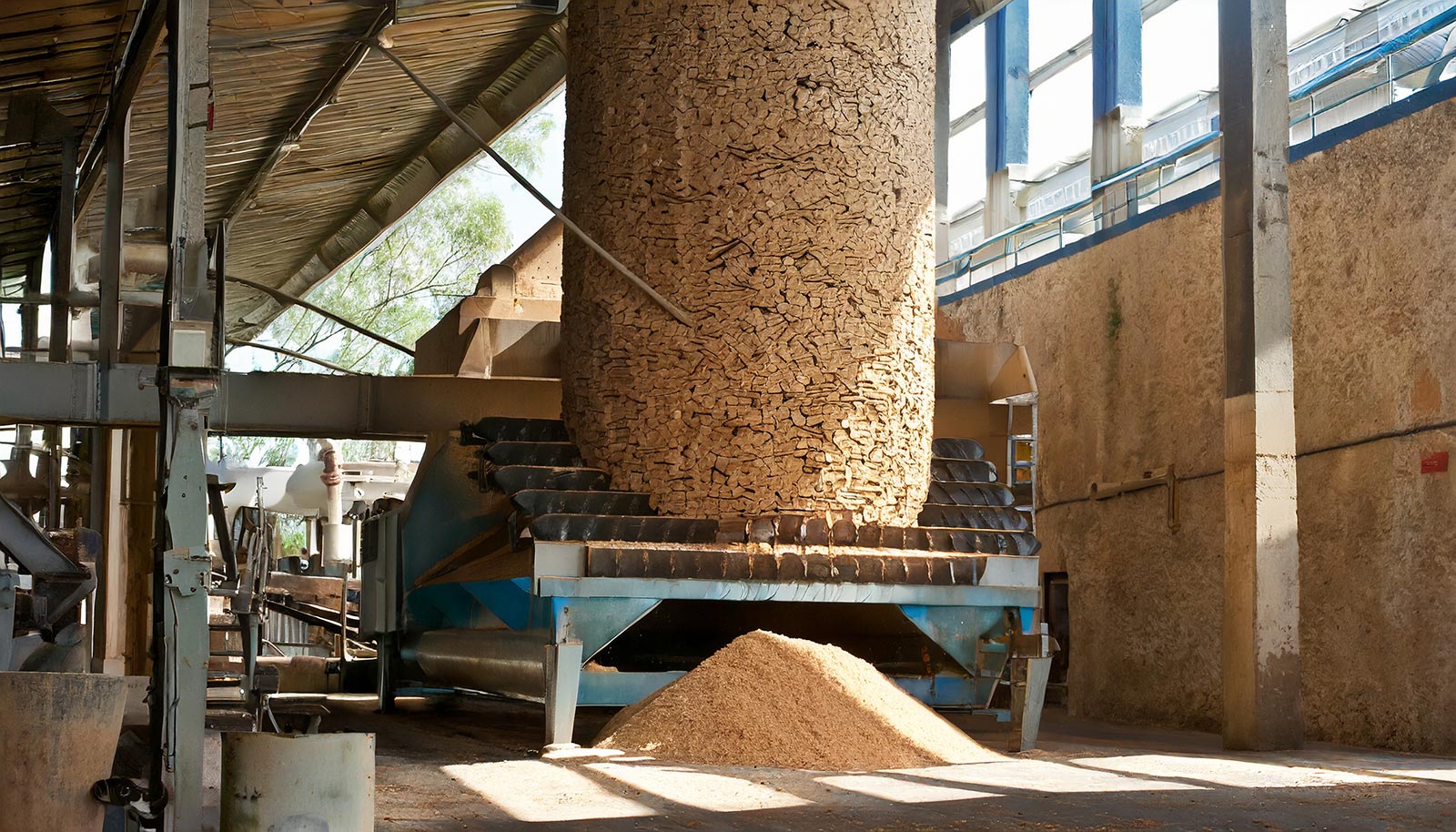Cork, a wonder of the Mediterranean ecosystem, is a versatile material with a history of tradition and innovation. This natural resource from cork oaks offers countless opportunities in the fields of construction, art and design.
We are used to seeing cork on wine bottles or in small accessories in the home, but we do not know where it comes from and what work is behind it. Let’s explore it together.
Cork oaks
Cork cannot be dissociated from the oak from which it comes, an ancient evergreen, majestic in its appearance and generous in its foliage, which grows in the sunnier western Mediterranean.
Only once every ten years, between spring and summer, experienced extractors, known as ‘bucadori,’ use their skill to gently extract the bark while keeping the trees healthy.
Why cork
Cork is a valuable material in green building, and do you know why? To find out, you have to take a closer look at it: you will notice the elementary particles and millions of cells that make up its structure under the microscope. This intricate but regular network of alveoli traps air and makes the material incredibly light, elastic and breathable.
Inside, there is suberin, a waxy, hydrophobic layer that makes up almost half of the cork material and, combined with the structure, makes cork a wonderful thermal, acoustic, anti-mould and moisture regulator.
Cork extraction
For twenty-five, thirty years, the cork oak grows and grows taller. The wait is finally rewarded when the oak’s trunk reaches a circumference of sixty centimetres, marking the beginning of the first extraction.
Decortication takes place between spring and summer when the sap flows between the trunk and the bark, making extraction less invasive and favourable to future regeneration.
In the afternoon hours, the massive cork planks, loaded onto vehicles that seem to defy the laws of physics, leave the forest on their way to the collection depots. It is at this moment that the expert judgement of the evaluators, who can read the quality of the bark and its variations, comes into play. They determine how the cork slabs will be used: processed further, ground to produce granulated cork or intended for cork production.
The best cork boards, together with those of inferior quality, begin a curing process. The material is exposed to sun, wind and rain. The duration of the curing process varies. The cork boards are arranged horizontally in stacks separated from each other, a few metres apart, to avoid contact, contamination and potential deterioration.
The curing phase can last from eighteen to twenty-four months, depending on a number of variables, including climatic conditions. During this period, the cork loses weight, becomes more resistant and changes colour from an initial red to a lighter tone.
Entering the factory
Cured cork boards are immersed in copper or steel vats of boiling water. This procedure sanitises the cork, eliminates pests that cannot withstand the heat of boiling water and removes unwanted substances.
The cork remains immersed for about an hour, allowing the beneficial properties of the boiling water to act. In this process, the tannin, responsible for the reddish colour and some surface imperfections, is removed.
The boiled cork is then transferred to deposits in which air circulates constantly. This essential step completes the primary processing, making the cork flatter, more compact, elastic and ready for further processing by skilled craftsmen.
The next step involves grinding, a process that uses weights placed on top of the stacked cork to apply constant pressure. In this way, moisture can be removed from the material by periodically turning over the boards.
The final transformation of cork
The cork is then cut into boards or panels according to the specifications of the final product. In some cases, additional treatments may be applied, such as surface finishing or lamination, to produce specific products, such as thermal insulation panels or thermal paints.
Processed cork is now ready to be used in a variety of green building products. It can be used for the production of thermal paints, waterproofing paints and much more.
This results in natural-based products that are environmentally friendly to the environment and to house occupants. This material offers exceptional thermal and acoustic insulation characteristics thanks to the structure of its cells. Each cubic centimetre of cork is packed with millions of cells, each with regular cavities that imprison large amounts of air. This characteristic makes cork an ideal material for thermal insulation as it traps air, enhancing its insulating vocation.
In addition, cork is effective in sound absorption, again due to the static encapsulation of air in its cells.
Composed of cellulose, lignin and suberin, this structure gives cork exceptional resistance to water and organic solvents, making it waterproof. Suberin contains long-chain fatty acids that provide cork with waterproofing capabilities.
Not just caps
The traditional association between cork and stoppers is just one of many possible uses. Increasingly, cork is considered a noble material for improving living comfort in terms of thermal and acoustic insulation and waterproofing. The vision is to rediscover the tradition of ‘Mediterranean building’ by looking to the future and embracing past wisdom and experience.
In this context, cork can be processed into a variety of green building products, including thermal and waterproofing paints, and much more. Its versatility and eco-friendly properties make it a valuable component for creating comfortable and sustainable living environments in harmony with our environment and the future.
At Diasen, we have taken this as our starting point to create high-quality products for the living comfort of any building. To learn more, contact us or visit our website!

